What Is a Sand Dune? (Types, Photos, Facts)
Have you ever come across the words sand dune? We have all seen the spectacular desert pictures where camels walk over some large orange hills. These large sand landforms are called dunes. To be precise, sand dunes are sand grains accumulated in a place due to storms and strong winds in the desert.
They usually change form for this very reason. Sand dunes are both an interesting phenomenon and ideal for enriching desert views. Here, we are going to learn about sand dune formations and facts and also share with you some exciting desert activities.
How Are Sand Dunes Formed?
As rocks erode, sand grains are produced and flow around the desert. Sand dunes form when the tiny sand grains transport from one place to another during sandstorms and eventually gather and deposit in one place, which shapes a hill or a small mound considered as a dune.
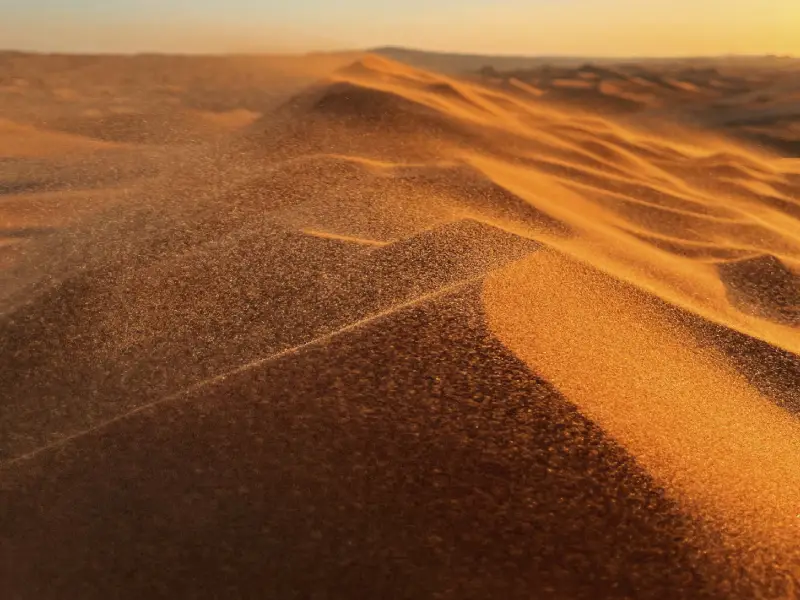
When more sand grains are carried and stacked over each other, the mound will grow and create a large sand dune as we see in desert pictures. The process of sand accumulation is called “saltation”.
Sand Dune Facts
When dunes are formed by layering over each other via wind and gravity, the specific shape of the sand hill is formed.
However, the weight and layering of dunes vary from one another. In a desert, you will find massive dunes with different densities, but how can we tell the difference between each sand dune?
There are several factors that differ between sand dunes, such as the size of sand grains in a dune, the speed, the amount of windblown, the direction, and finally, the vegetation grown on a dune.
Sand Dune Types
Deserts generally have a few basic sand dune shapes and forms that you might want to know about. They are dome, star, linear, crescentic, and parabolic.
Dome Dunes
Let’s start with dome-shaped sand dunes. Dome dunes, also known as mound dunes that we mentioned above are hemispherical sand landforms.
They are shaped like domes, completely circular, with no slip face. A slip face is the left side of a sand dune, where you can see a slope on the side of the sandhill.
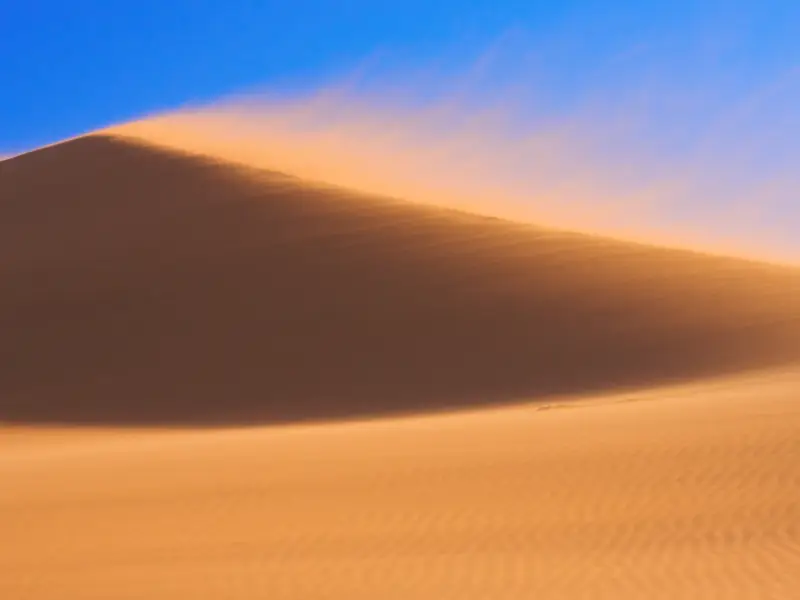
The reason for its dome-shaped structure is the multidirectional wind. When the wind blows from all directions, the sand grains will move together, creating a gigantic dome-like dune. They are also found in areas with limited sand supply.
Star Dunes
Star dunes are very interesting to see while you are in a desert since the shape is similar to a star. The arms of the sand dune stretch out in different directions that make up a star-shaped dome.
Just like dome dunes, star dunes are formed because of multidirectional winds. The only difference is that there are fewer directions of wind blown over a star dune.
The wind blows on the sand grains simultaneously and causes the sand dune arms to grow outwards like a star. Star dunes are the tallest dunes you will find in a desert.
The aeolian accumulation of sand moves the sand upwards and creates the ends of each arm. You can find the best star dunes in the Sahara Desert.
Linear Dunes
By reading the name, we can easily guess the shape of this type of sand dune. Linear dunes are formed like massive lines of sand hills.
They are also known as seif dunes or longitudinal dunes. Unlike the previous dunes, linear dunes are accumulated through one strong dominant wind direction. Thus, the shape is developed into a straight linear landform.
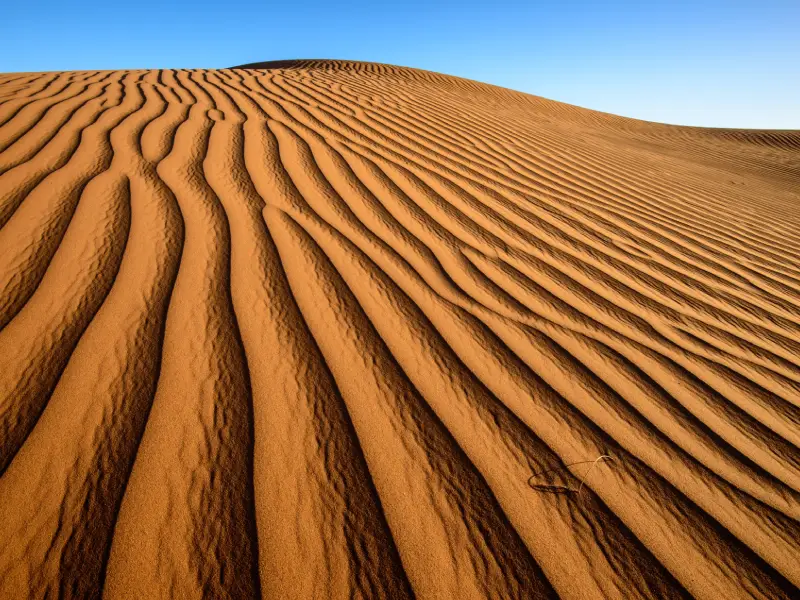
Although the wind is not always blown in one single direction, there might be two directions of wind that cause such straight-aligned dunes to show up in a desert.
Linear dunes are common in some areas of Rub’ al Khali erg in the Arabian Desert that extend up to 47 miles. In Arabic, these formations are called dune seas due to their linear shape that resembles the sea waves.
Crescentic dunes
Crescentic dunes are shaped like a half-moon and are also known as barchans or traverse dunes. If you search for dunes, you will most probably come across this type of dune first because it is the most frequently seen and common dune present on Earth.
Areas with little vegetation will usually have a crescentic dune nearby. These dunes are formed in environments with strong and unidirectional winds, and like dome dunes, the area has a limited sand supply.
The windward side of a crescentic dune will have a gentle slope, but the lee side will have a steeper slope. The two ends of the dune also called “horns,” descend to the ground level.
Parabolic Dunes
Contrary to crescentic dunes, parabolic dunes have their ends directed at the wind. Parabolic dunes are formed with the presence of desert flora.

Because the vegetation secures parts of the sand to the ground, the sand dune is shaped like the letters U and V. While the anchored parts of the sand are stable, the unanchored sand grains start moving around by the wind, forming a hollow or a parabola inside the sand dune. Parabolic dunes are mostly found in semi-arid areas.
Is Sand Dune Living?
Many desert travelers who walk along the sand dunes claim to hear something. That is why we come to the question: are sand dunes alive? Marco Polo had a similar experience while he traveled the Gobi Desert.
He heard humming, whistling, and booming sounds coming from the sand. Locals said it was the evil spirits, but there is a logical explanation for this phenomenon.
The noise heard by travelers was the sound of sand grains that rubbed against each other. This causes the humming sound to be produced and creates a unique song.
Sand Dune Ride
Desert activities are regarded as one of the most thrilling activities in the world. Daredevil visitors see the desert as a sports arena and ride bikes, AVTs, off-roads, and sand rails down the massive orange dunes.
Races often take place in deserts where bikers ride down the sand mound. There are a few sports activities that you can do only in the desert.
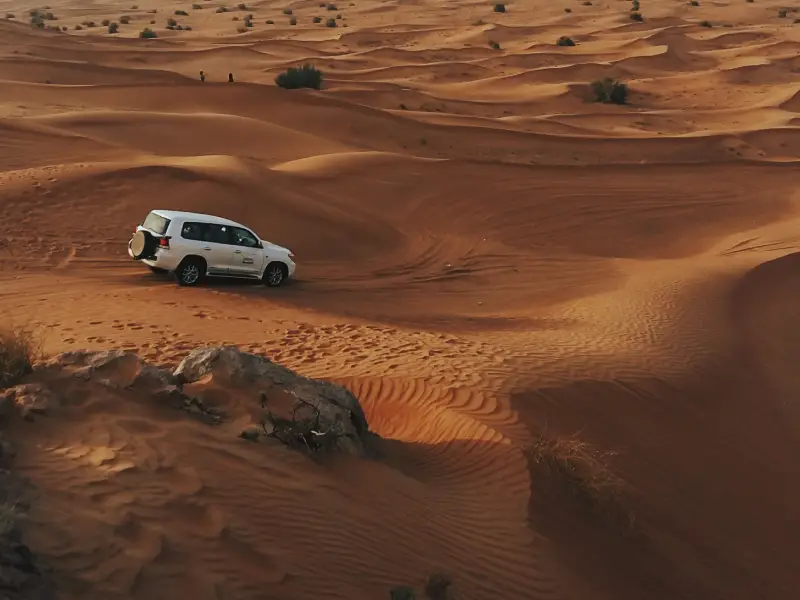
If you are the kind of person who loves exciting sports, you can try surfing on sand dunes with a sandboard, riding off-roads for a desert safari, riding a camel, going on a helicopter or hot air balloon, hiking, camping, bush crafting, and many more.
Don’t forget that deserts are an excellent spot for professional photography or even astrophotography.
Final Words
Even though deserts may seem like boring or scary locations, there are many things to learn and encounter while you visit. Sand dunes are truly wonderful landforms that have existed in deserts for countless years. They shift from one place to another and create such intricate formations that baffle many. Dunes are not only stunning to see and feel with your hands and feet but also perfect for riding with cars and bikes for an adventurous excursion.
Are you planning a trip to desert? read what to wear in desert.

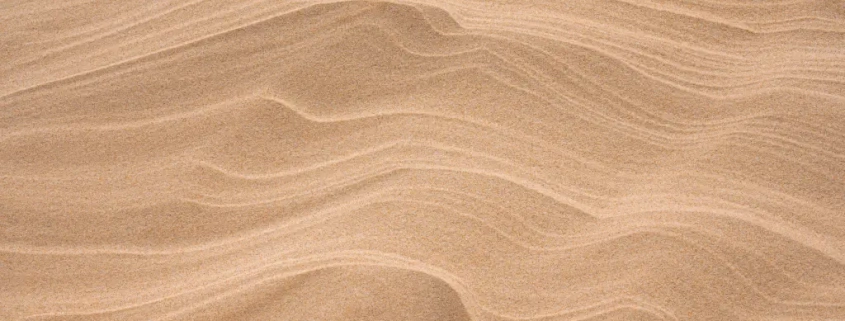



Leave a Reply
Want to join the discussion?Feel free to contribute!